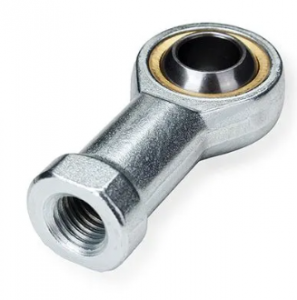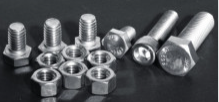Basic Concept
Screws are tools that use the physics and mathematics of the beveled circular rotation of an object and friction to tighten the instrumental mechanism in a stepwise manner.
Screws in industry has an important task, as long as the existence of industry on earth, the function of screws will always be important. The screw is a common invention in the production life of people for thousands of years, according to the application area, it is the first human invention.
The function of the screw is mainly to connect two workpieces together and to act as a fastener.
Brief history of invention
The first person to describe the screw was the Greek scientist Archimedes (c. 287 BC – 212 BC). The Archimedean spiral was a huge spiral in a wooden cylinder used to lift water from one level to another to irrigate fields. The real inventor was probably not Archimedes himself. Perhaps he simply described something that already existed. Maybe it was the skilled craftsmen of ancient Egypt who designed it to irrigate with the banks of the Nile.
In the Middle Ages, carpenters used wooden or metal nails to join furniture and wooden buildings together.
In the 16th century, nail makers began producing nails with spirals that could join things more securely. That was a small step from these nails to screws.
Around 1550 A.D., the first metal nuts and bolts to appear in Europe as fasteners were made by hand on crude wooden lathes.
Screwdrivers (rotary chisels) appeared in London around 1780. Carpenters found that screwing screws with a screwdriver held things in place better than tapping them with a hammer, especially when they encountered fine-grain screws.
In 1797, Mozley invented a precision screw lathe made of all metal in London. The following year, Wilkinson made a nut and bolt making machine in the United States. Both of these machines produced universal nuts and bolts. Screws were quite popular as fixings because by then an inexpensive method of production had been found.
In 1836, Henry M. Philips patented a screw with a cross-slotted nail head, which marked a major advance in the art of screwing. Unlike traditional one-slot nailhead screws, cross-slotted nailhead screws have the edge of the cross-slotted nailhead screw head. This design makes the screwdriver automatically centered and less likely to slip off, making it popular. Universal nuts and bolts could join metal parts together, so by the 19th century, the wood used to build machines to construct houses could be replaced with metal bolts and nuts.
Now the role of screws is mainly to connect two workpieces together, play a fastening role, screws are generally used on equipment, such as cell phones, computers, cars, bicycles, a variety of machine tools, equipment, almost all machines to use screws. Screws are an indispensable industrial necessity in daily life.